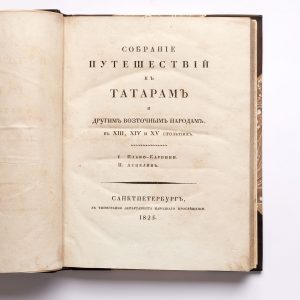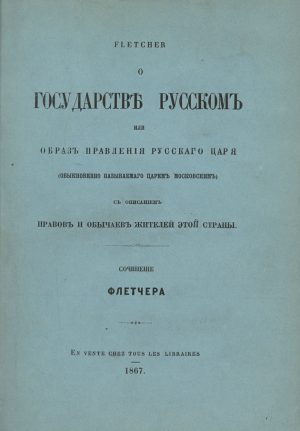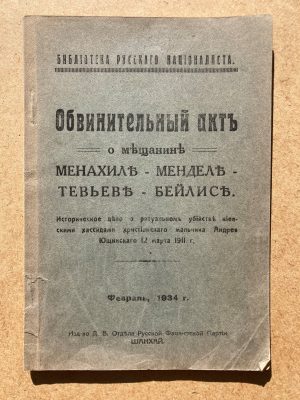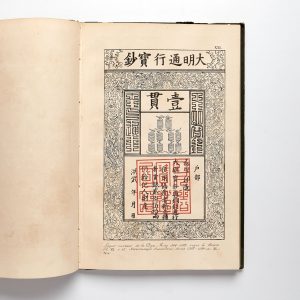Our Notes & References
A relatively early witness of the Russian interest in the eastern parts of its empire and its neighbours.
This scarce edition presents, in the original Latin and, for the first time, in a Russian translation, accounts of two 13th-century missions to the Court of the Mongols.
Several European missions to the Court of the Mongols were hastily prepared in spring 1245 by the Pope Innocent IV in anticipation of the Council of Lyon, where among other matters the representatives of the Catholic Church were going to discuss a threat posed by the Mongols to both Western and Eastern Europe. The missions were presented with the Herculean task to negotiate peace with the Mongols, convert them into Christianity and form an alliance against the Turks and Arabs.
The book opens with the mission of Giovanni da Piano Carpini (1182–1252), an Italian diplomat and archbishop. He started his journey in April 1245 from Lyon, where the Pope then resided, and travelled through Southern Rus, the Volga steppes, Kirghiz territories before reaching the Mongols camp near Karakorum and the Orkhon River 106 days later. Carpini describes in detail his long journey and stay with the Mongols, during which he witnessed formal elections of the new Khan entailing the gathering of 3000 to 4000 envoys and deputies from all parts of Asia and eastern Europe.
Politically, Carpini’s mission was far from successful, failing to persuade the Great Khan to convert into Christianity or swear allegiance to the Pope. However, the report he compiled on return played a very important role in understanding the still little-known territories and culture. Carpini’s account is thought to be the earliest important Western description of Northern and Central Asia, Rus, and the regions of the Mongol dominion.
The second part of the book, much smaller (ca. 50 pp., while the first is ca. 210 pp.), presents an account of Ascelin of Lombardy (d.1247), a Dominican friar whom Pope Innocent IV also dispatched as an envoy to the Mongols in March 1245. Ascelin met with the Mongol ruler Baiju on the eastern coast of the Black Sea, and then returned to Europe with a message and Mongol envoys in 1248. His account omits lengthy descriptions of the journey, focusing instead on the reception of the mission by the Mongols.
The edition and translation are due to Russian academician DmitriI Iazykov (1773-1845). He also planned to translate into Russian a series of Western travel accounts, including by Guillaume de Rubrouck, Marco Polo, Johann Schiltberger and others, but only these two missions were published.
Provenance
Chinese stamp in red on half-title; from the library of Swedish antiquarian bookdealer Björn Löwendahl (1941-2013).
Bibliography
Löwendahl, China illustrata nova. Supplement, 1711.
Physical Description
Quarto (about 26.7 x 20.5 cm). [5], VI-XXI, [1 blank], [7], 8-306, [4, last blank] pp.
Binding
Modern brown half calf, gilt spine in six compartments, speckled edges.
Condition
Minor foxing and spotting.











